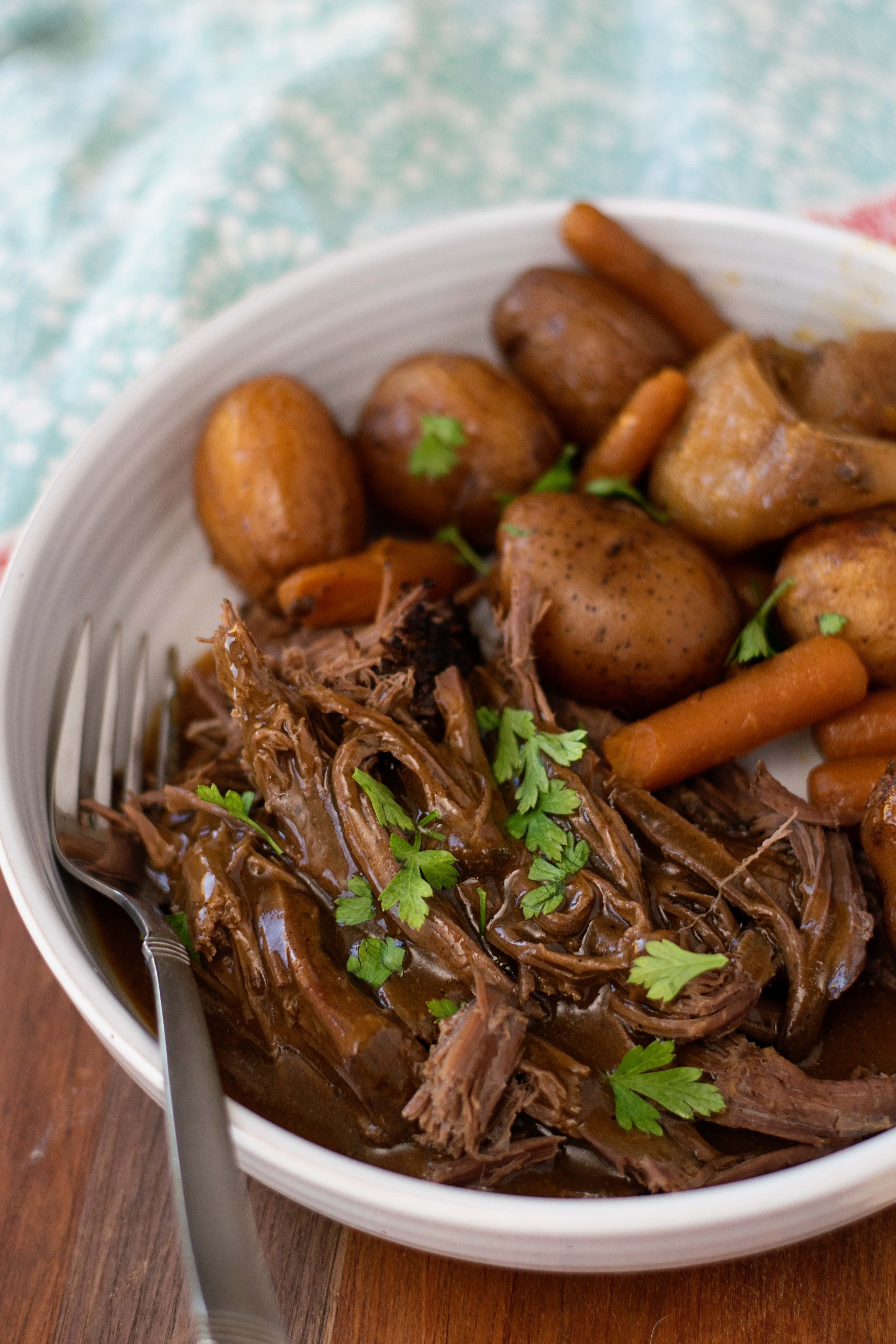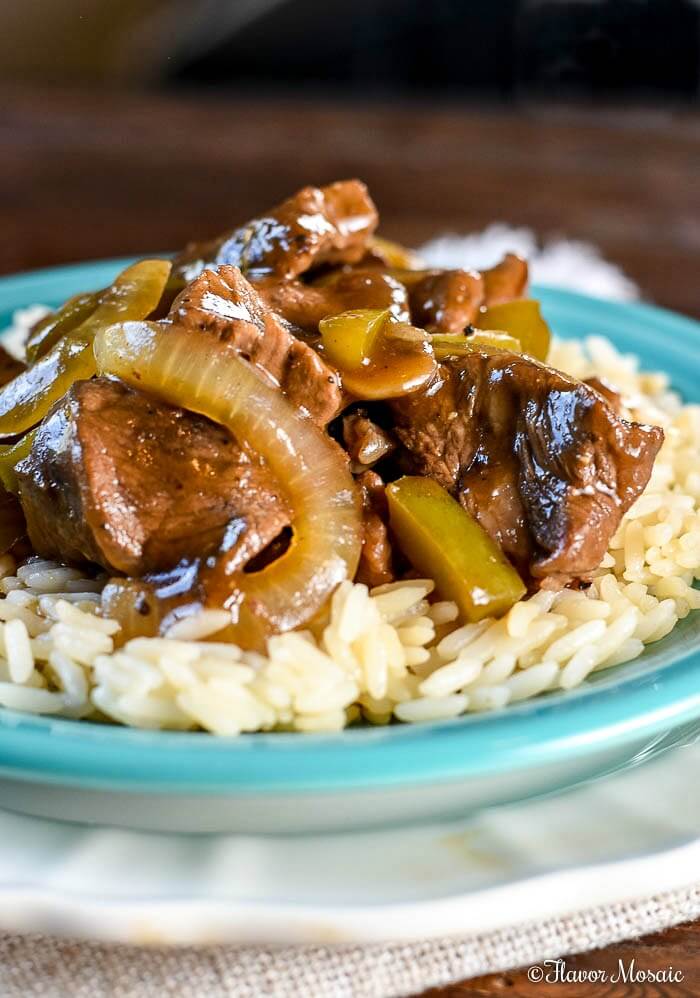Meat Pairing Tips: Perfect Sides to Complement Your Fave Cuts
Meat Pairing Tips: Perfect Sides to Complement Your Fave Cuts
Blog Article
From Ranch to Table: Fresh and Premium Meat Choices
The trip of meat from ranch to table envelops an intricate interaction of top quality, ethics, and sustainability. With an enhancing focus on fresh and superior options, customers are now more likely to think about the beginnings of their food, bring about a restored emphasis on lasting farming techniques and pet welfare standards. This shift not only boosts the nutritional account of meat however likewise sustains local economic situations. The ramifications of these options prolong far beyond individual health and neighborhood farming. What does this mean for the future of food systems and customer routines?
Comprehending Meat Sourcing
As consumers come to be significantly aware of the beginnings of their food, recognizing meat sourcing has actually gotten paramount value. Meat sourcing entails tracing the journey of meat from ranch to table, incorporating different elements such as farming practices, animal welfare, and ecological influence. This recognition encourages customers to make enlightened choices that straighten with their values, particularly concerning sustainability and ethical factors to consider.
The sourcing of meat can differ substantially based on multiple standards, including the kind of animals, farming methods, and geographical place. For circumstances, grass-fed beef frequently originates from pasture-based systems that advertise pet well-being and minimize ecological degradation. On the other hand, conventional meat may involve intensive farming techniques that elevate issues relating to antibiotic usage and habitat damage.
Moreover, traceability plays a crucial duty in meat sourcing. Understanding the particular ranch or area where the meat comes from aids consumers guarantee high quality and safety and security. Several consumers currently seek accreditations or tags that indicate humane treatment and sustainable practices, showing an expanding need for transparency in the food supply chain. Inevitably, understanding meat sourcing not only enhances consumer selection but additionally promotes accountable intake and sustains honest farming methods.
Advantages of Fresh Meat
Choosing fresh meat offers countless advantages that prolong beyond taste and texture. Fresh meat usually keeps greater dietary value compared to its icy or processed equivalents. It is usually richer in crucial nutrients, such as B vitamins, iron, and zinc, which are important for maintaining overall wellness.
Furthermore, the sourcing of fresh meat often includes much shorter supply chains, minimizing the time between farm and table. This means that the meat is less likely to shed its dietary stability during transportation and storage. Furthermore, customers can experience improved preference and juiciness, which can elevate culinary experiences.
Fresh meat additionally offers a possibility for consumers to support regional farmers and advertise sustainable agricultural techniques. When buying from regional resources, individuals can add to their local economy and promote a better link to the food they consume.
Last but not least, fresh meat is generally devoid of the preservatives and additives frequently discovered in refined choices. This makes it a cleaner, much healthier choice for those aiming to reduce their intake of fabricated active ingredients. On the whole, the advantages of choosing fresh meat incorporate wellness, preference, and a sense of area involvement.
Animal Well-being Criteria
Guaranteeing high animal welfare requirements is vital for both moral factors to consider and the quality of meat products. The therapy of livestock directly influences not only the ethical ramifications of meat production yet additionally the general quality and safety and security of completion products. Pets increased in gentle problems are less worried, causing healthier pets and, as a result, exceptional meat top quality.
Laws and qualifications worrying animal well-being have come to be increasingly substantial in the meat market. These structures guarantee pets are supplied with sufficient space, appropriate nourishment, and humane handling throughout discover here their lives. Practices this content such as pasture-raised systems and free-range atmospheres contribute to much better pet welfare by permitting animals to display all-natural habits, which is vital for their health.
Furthermore, customers are becoming extra discerning pertaining to the sources of their meat, bring about a growing demand for items that stick to strict pet well-being standards. This change not just promotes moral farming practices however additionally encourages producers to embrace actions that enhance the health and wellness and well-being of their pets. Meat. Ultimately, prioritizing animal welfare is not simply an ethical imperative; it is also a pathway to producing premium-quality meat that fulfills customer assumptions

Lasting Farming Practices
Sustainable farming techniques play a vital function in boosting both animal welfare and the top quality of meat items. By executing rotational grazing, farmers can promote healthy field environments, enabling animals to feed on nutrient-rich grasses while preventing overgrazing.
Additionally, lasting farming usually integrates integrated insect monitoring and organic feed choices, lessening using hazardous chemicals. This technique not just safeguards animal health however additionally leads to cleaner, more secure meat items for consumers. Water preservation methods, such as rain harvesting and reliable irrigation systems, further add to lasting practices, ensuring that sources are made use of sensibly.
Moreover, promoting biodiversity with polyculture systems and maintaining habitats for wildlife boosts the durability of farming ecological communities. By prioritizing these lasting methods, navigate here farmers can generate top quality meat that fulfills customer demand while promoting eco-friendly equilibrium. Eventually, embracing lasting farming practices is vital for creating a much more responsible and durable food system that benefits pets, farmers, and customers alike.
Finding Quality Over Amount
Regularly, customers are faced with the problem of selecting between quantity and quality when it comes to meat items. While buying larger amounts might seem financially useful, the long-lasting benefits of picking high-quality meat far exceed the prompt financial savings. Quality meat is often sourced from pets increased in sustainable settings, where they are provided proper nourishment and treatment, causing exceptional taste and nutritional worth.
Top notch meats are usually without unsafe additives, hormonal agents, and prescription antibiotics that are frequently existing in mass-produced options (Meat). This not just ensures a much healthier dining experience however also supports moral farming practices that focus on pet welfare. In addition, premium meats have a tendency to have a far better texture and taste, enhancing the general cooking experience
Investing in top quality meat encourages customers to value smaller parts, enabling a more mindful technique to consuming. This shift not only affects individual health positively yet additionally advertises sustainable consumption patterns that can benefit the setting. Finally, prioritizing high quality over amount when picking meat items fosters a more accountable and health-conscious way of living, ultimately enhancing both the eating experience and the planet.
Final Thought

Report this page